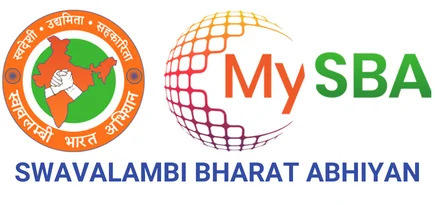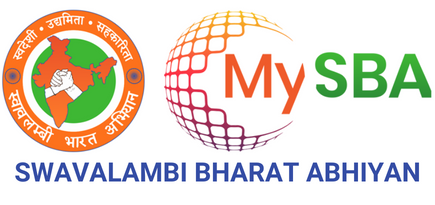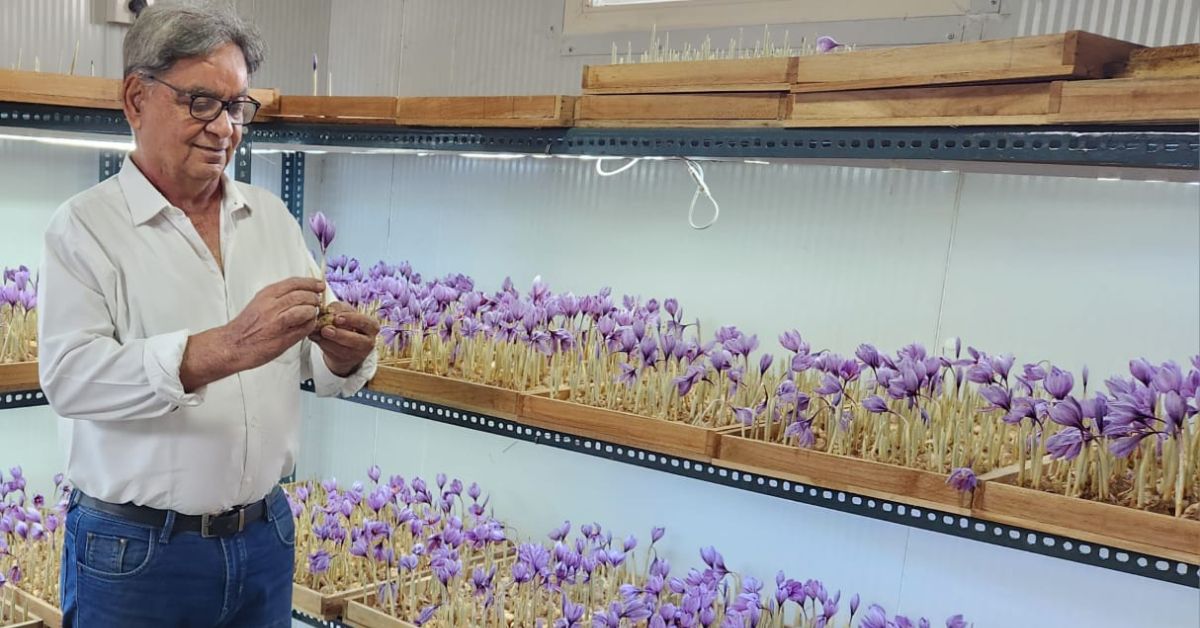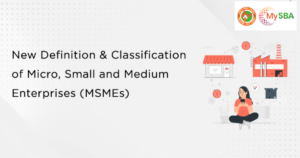65-YO Teaches How to Grow Saffron in Small Spaces at Home, Earns Rs 3.5 Lakh/Month
From Corporate Career to Saffron Entrepreneurship
After retirement, Ramesh Gera (65) began developing Kashmiri saffron in a little room of his home in Noida. He likewise shows a web-based seminar on the most proficient method to procure by developing it in little spaces.
Kashmir is known as the world’s second-biggest maker of saffron. Be that as it may, a long way from the valley, the world’s most costly zest blossoms in a small room of Ramesh Gera’s home in Noida.
Inspiration from South Korea: Advanced Farming Techniques
In 1980, in the wake of chasing after electrical designing at NIT Kurukshetra, Ramesh worked for a few worldwide organizations for more than thirty years, as a feature of which he voyaged widely. “In 2002, I made a trip to South Korea for work. During my half year stay, I found out about cutting edge cultivating procedures like tank-farming, microgreens, and indoor saffron development. I was truly dazzled by these encounters,” he tells The Better India.
Identifying a Market Gap: Saffron Cultivation in India
“In the mean time, I came to realize that India imports 70% of saffron from Iran because of the restricted accessibility inside the nation, and Kashmir just meets 30% of the homegrown requests. This hole among request and supply is an immense market in itself,” he adds.
Venturing into Saffron Cultivation Post-Retirement
After retirement, Ramesh Gera (65) began developing Kashmiri saffron in a little room of his home in Noida. He likewise shows a web-based seminar on the most proficient method to acquire by developing saffron in little spaces.
Financial Viability of Saffron Cultivation
Kashmir is known as the world’s second-biggest maker of saffron. Yet, a long way from the valley, the world’s most costly flavor sprouts in a small room of Ramesh Gera’s home in Noida.
Exploring Training and Mentorship
In 1980, in the wake of chasing after electrical designing at NIT Kurukshetra, Ramesh worked for a few worldwide organizations for north of thirty years, as a component of which he voyaged widely. “In 2002, I headed out to South Korea for work. During my half year stay, I found out about cutting edge cultivating procedures like aqua-farming, microgreens, and indoor saffron development. I was truly dazzled by these encounters,” he tells The Better India.
Thus, the 65-year-old designer chose to take up saffron development after his retirement. In 2017, he began developing saffron in a 100-square-foot room in Area 63, Noida. He spent Rs 4 lakh to develop a nursery to establish a reasonable climate to develop saffron inside a fake design. He spent an extra Rs 2 lakh to secure saffron seeds from Kashmir.
Ramesh’s excursion to turning into a saffron pioneer was everything except ordinary. With a foundation in electrical designing from NIT Kurukshetra, he went through more than thirty years exploring the corporate world, navigating the globe in quest for his calling. It was during a six-month spell in South Korea in 2002 that Ramesh’s interest with cutting edge cultivating procedures flourished. Submerged in the realm of aquaculture, microgreens, and indoor development, he wound up charmed by the potential for advancement in horticulture.
Profitability and Future Prospects
Ramesh illuminates that separated from the one-time starting venture, one just has to cover the power bills, which cost around Rs 4,500 every month, and the work costs, gathered together to Rs 8,000 per year.
“Saffron has a decent rate on the lookout. You can procure up to Rs 2.5 lakh per kg in discount markets and Rs 3.5 lakh per kg in retail showcases. You can likewise procure up to Rs 6 lakh for every kg assuming you tap into the commodity business,” he shares.
Subsequent to procuring significant benefits from deals, Ramesh wandered into preparing others in indoor saffron development. Today, he runs the ‘Akarshak Saffron Organization’ in Noida, where he has effectively prepared north of 370 people to date. His two-day web based instructional class, estimated at Rs 12,000, offers extensive direction and mentorship for a year to intrigued students. This try yields him a great month to month pay of Rs 3.5 lakh.
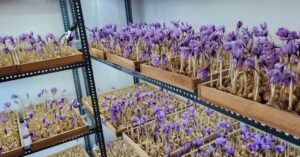
Driven by a craving to overcome any issues between India’s saffron interest and its restricted homegrown stockpile, Ramesh left on a thinking for even a moment to wander after his retirement. In 2017, furnished with a dream and Rs 4 lakh for a nursery development, he changed a side of his home into a sanctuary for saffron development. One more Rs 2 lakh was put resources into securing the valuable saffron seeds from Kashmir, establishing the groundwork for his aggressive undertaking.
Regardless of the underlying speculation, Ramesh observed that the continuous expenses were sensible. With month to month power bills adding up to Rs 4,500 and yearly work costs of Rs 8,000, the activity remained monetarily suitable. Furthermore, the profits were very worthwhile. With saffron getting costs as high as Rs 2.5 lakh per kilogram in discount markets and Rs 3.5 lakh per kilogram in retail, the endeavor ended up being a productive one. Wandering into the domain of products could yield considerably more prominent prizes, with potential income taking off to Rs 6 lakh for each kilogram.
Frequently Asked Questions
What inspired Ramesh Gera to start growing saffron?
Ramesh Gera was inspired to start growing saffron after learning about advanced farming techniques, including indoor saffron cultivation, during a work trip to South Korea in 2002. He recognized the market gap in saffron cultivation in India and saw an opportunity to bridge the demand-supply disparity
How did Ramesh Gera finance his saffron cultivation venture?
Ramesh Gera financed his saffron cultivation venture by investing Rs 4 lakh in constructing a nursery to create a suitable environment for saffron cultivation indoors. Additionally, he spent Rs 2 lakh to acquire saffron seeds from Kashmir
What are the financial aspects of saffron cultivation mentioned in the article?
The financial aspects of saffron cultivation include an initial investment in setting up infrastructure, monthly expenses of around Rs 4,500 for electricity bills, and annual labor costs of Rs 8,000. Saffron cultivation can be profitable, with potential earnings of up to Rs 2.5 lakh per kilogram in wholesale markets and up to Rs 3.5 lakh per kilogram in retail markets. Additionally, entering the commodity market could yield earnings of up to Rs 6 lakh per kilogram
How does Ramesh Gera generate income besides saffron cultivation?
Besides saffron cultivation, Ramesh Gera generates income by providing training and mentorship in indoor saffron cultivation through his online course, priced at Rs 12,000 per participant. This venture yields him a significant monthly income of Rs 3.5 lakh
Conclusion: A Tale of Vision and Innovation
From a humble electrical designer to an exploring saffron business person and teacher, Ramesh Gera’s story is a demonstration of the force of vision, tirelessness, and the immovable soul of development. In the unlikeliest of spots, in the midst of the never-ending suburbia of Noida, sprouts the world’s most costly flavor, sustained by the energy and creativity of one man.

